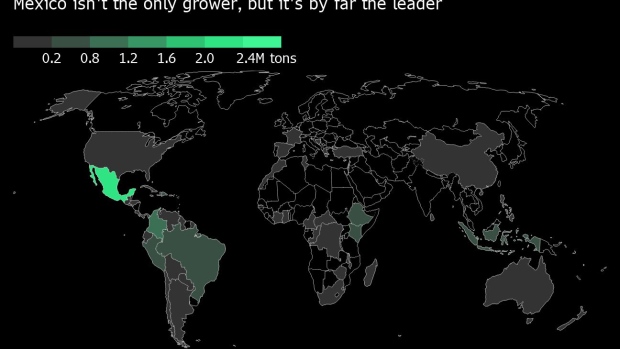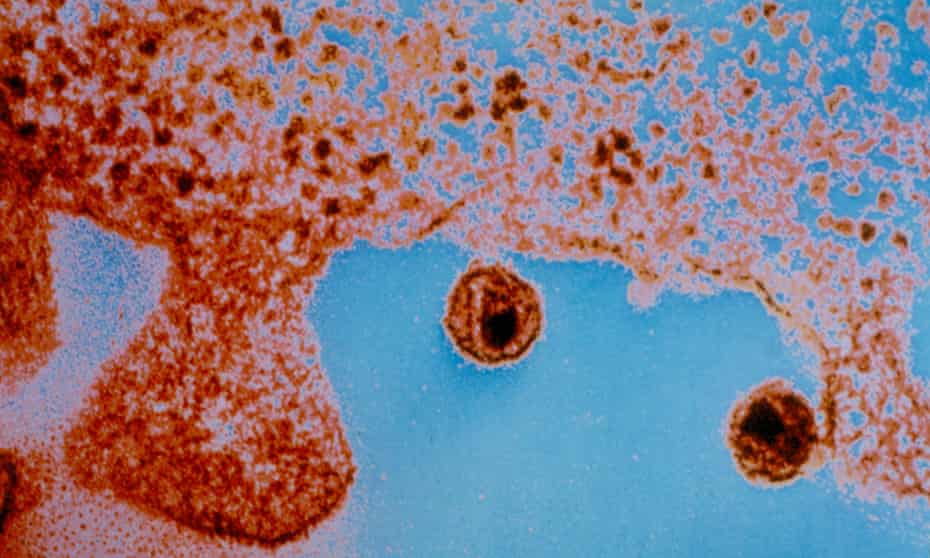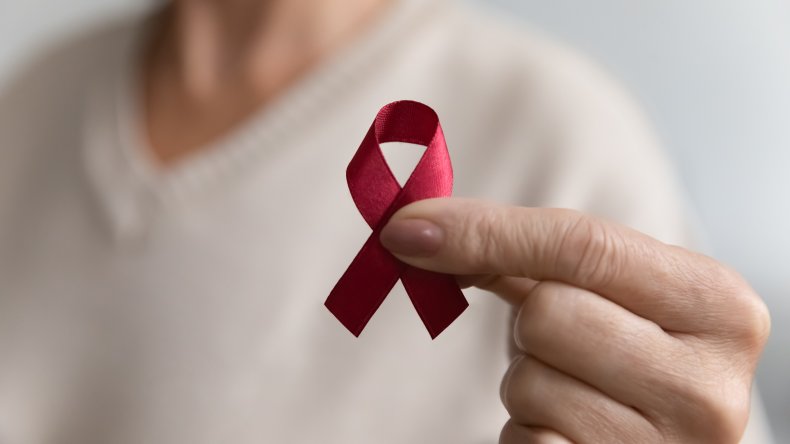A restaurant in Massachusetts denied overtime pay to workers and took their tips, a federal court says
gdean@insider.com (Grace Dean) - Yesterday

© Provided by Business InsiderA restaurant in Weymouth, Massachusetts (not pictured) didn't pay staff an overtime premium and kept all the tips the servers earned, the DOL said. Thomas Barwick/Getty Images
A Massachusetts restaurant and its owner have been ordered to pay staff $344,798 in back wages, tips, and damages.
The restaurant didn't give staff tips or overtime pay, a federal court found.
Sweet Lemons also didn't keep accurate records of wages and retaliated against some workers.
A federal court has ordered a Massachusetts restaurant to pay more then $340,000 in back wages and damages to 13 servers who were found to have been denied tips and overtime between 2016 and 2019.
The US District Court for the District of Massachusetts found that Sweet Lemons Thai Restaurant in Weymouth also didn't keep accurate records of wages and retaliated against some workers, violating the Federal Labor Standards Act.
The restaurant ultimately "deprived workers of their hard-earned wages and tips," the Department of Labor, who filed the civil-action lawsuit in December 2020, said in a press release on Friday.
The ruling comes as the US engages in heated and often politicized debate over fair minimum wage for workers, particularly for tipped staff whose employers can pay them as little as $2.13 an hour. During the pandemic, workers have been leaving the industry over low wages, a lack of benefits, and poor or unsafe working conditions.
"The court's decision recognizes that employers who retaliate against employees who assert their rights under the Fair Labor Standards Act may pay the price in punitive damages," Maia Fisher, the DOL's regional solicitor of labor in Boston, said in the press release.
Sweet Lemons didn't pay staff an overtime premium when they worked more than 40 hours in a week and kept all the tips the servers earned, the DOL said in the lawsuit.
The restaurant paid staff in cash "off-the-books" and had "false and incomplete" payroll records, the DOL said. It didn't keep accurate records of staff names and addresses, how long they worked, and when or how much they were paid, per the lawsuit. The records that were available didn't include all the restaurant's staff, the lawsuit said.
The restaurant also gave the DOL "inaccurate" time records that "consistently underreported" how many hours staff worked, per the lawsuit.
It also charged that owner and director Pornthip Neampong retaliated against workers by "coercing" them into signing false statements, telling them to lie to a DOL investigator, and telling staff not to be on site at the restaurant when the investigator was there, per the lawsuit.
The lawsuit said that Sweet Lemons and Neampong willfully violated labor laws.
"Defendants' actions of making off-the-books cash payments to employees and manipulating payroll records demonstrate that Defendants knew or showed reckless disregard for the fact that their pay practices violated the FLSA," the DOL said in the lawsuit.
The restaurant and its lawyer did not respond to Insider's request for comment.
In a filing in February 2021, the restaurant's attorney said that it denied all the offenses in the lawsuit.
But in a motion for summary judgment in December 2021, the DOL said that Sweet Lemon had admitted to not paying overtime premium, keeping staff tips, failing to keep accurate records, and asking staff to sign false statements during the DOL's investigation.
In early January 2022, the court ordered Sweet Lemons and Neampong to pay 13 affected workers $130,018 in back wages, $29,881 in tips that were taken, and $159,899 in liquidated damages. They were also ordered to pay $25,000 in punitive damages, for a total of $344,798.























